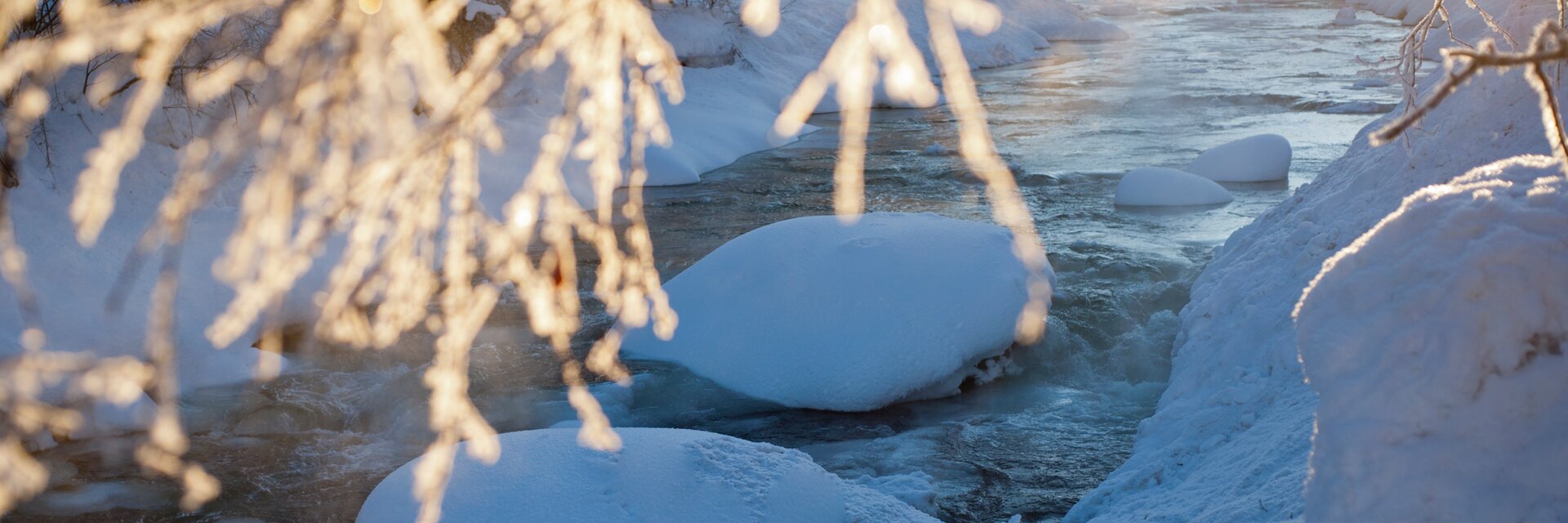You’re headed towards See, Kappl, Galtür or Ischgl? Then why not stop by at the charming village of Pians? Situated right beside the Alrberg Road, it is a perfect place to experience genuine Austrian charm and heartfelt hospitality. You would like to know more about Pians? Find out everything you need to know about the small village!
Two village parts – one municipality
The municipality of Pians belongs to the district of Landeck and features two village parts: Pians and Quadratsch. Situated at 856 metres above sea level, the village has about 800 inhabitants. The special thing about Pians is that its municipal area extends to the highest summit of the Lechtal Alps, making the 3,036-metre Parseierspitze an official part of Pians.
Pians in a nutshell
- municipality in the district of Landeck
- two village parts: Pians and Quadratsch
- location: 856 m above sea level
- area: 2.89 km2
- inhabitants: 823
For those wanting to practice their German while on holiday: The inhabitants of Pians are called “Pianner” and not “Pianser”.
The history of Pians
Did you know that the small village of Pians was already populated in pre-Roman times due to its favourable climatic conditions? The name of the village goes back to the Latin name of “Pedaneus”, translating to “bridge” or “jetty”. The name of the village part Quadratsch is also Latin, going back to the term “ager quadratus” which refers to the soldiers that set up a veteran settlement in the village.
During the Middle Ages, Pians was an important trade hub, with lots of tradesmen like wainwrights and saddlers settling down in the village. Many decades later, in the year 1849, there was a devastating fire in Pians that completely destroyed about 30 houses. Another important milestone in the history of the region was the construction of the Arlberg railway between 1880 and 1884. At the same time, Pians received its first train station. Today, the Arlberg railway no longer transports people.
Pians’ coat of arms
The coat of arms of Pians is centred around a dragon which is often used in connection with Margaret the Virgin. In the coat of arms of Pians, the dragon is depicted beneath the old bridge crossing the Sanna river. The main colours of the coat of arms are red, white and black.
The most important sights of Pians
- St. Margaret’s Chapel: Lovely St. Margaret’s Chapel was built in the 14th century and is situated on the outskirts of Pians. The gothic chapel features beautiful frescoes from the 14th century as well as gothic wall paintings. The chapel’s altar was built in the 17th century by sculptor Michael Lechleitner from the neighbouring village of Grins.
- Holy Trinity Church: The parish church of Pians was built between 1829 and 1892. In 1972/73, the nave and chancel were reconstructed according to plans by architect Clemens Holzmeister. Don’t miss the pointed spire and lancet belfry windows on the church’s north tower!
- St. Anthony of Padua’s Church in Quadratsch: In the village part of Quadratsch, you can find a small, charming church dedicated to St. Anthony of Padua. The two-bay chapel was built in 1696 and boasts a special pyramid roof. The unique vault paintings with ornamental decorations done by Alois Grissmann in 1901 are a special highlight, depicting scenes from the life of Saint Anthony of Padua.




